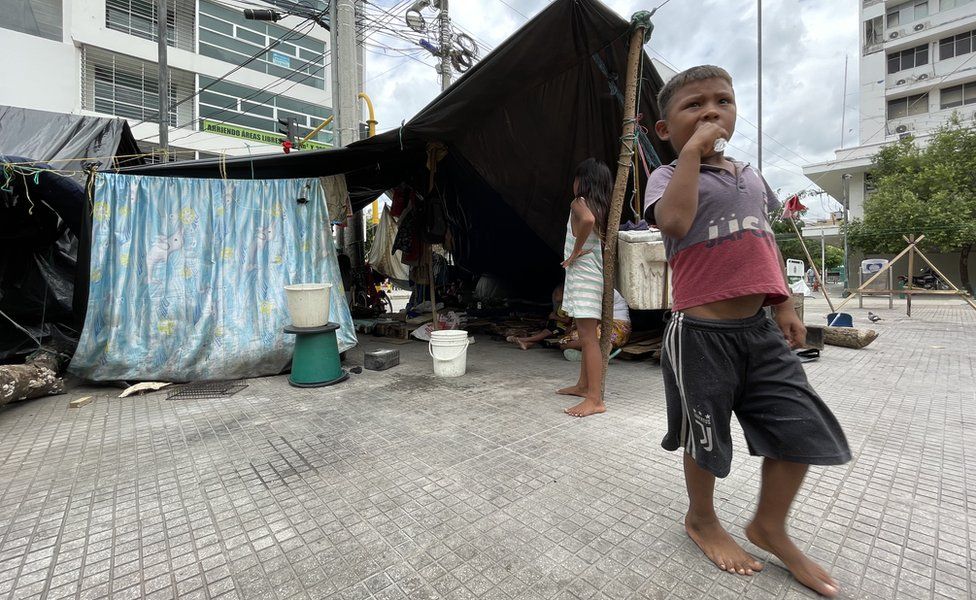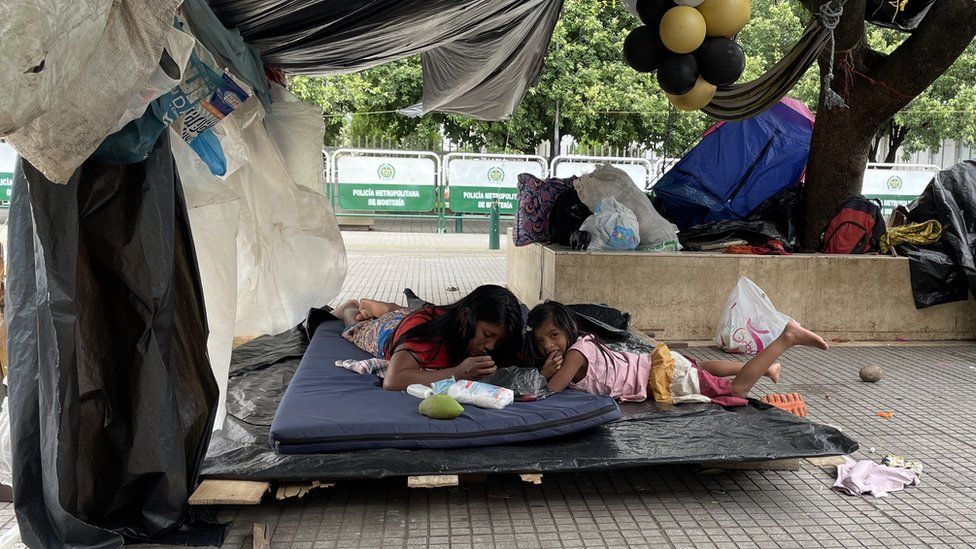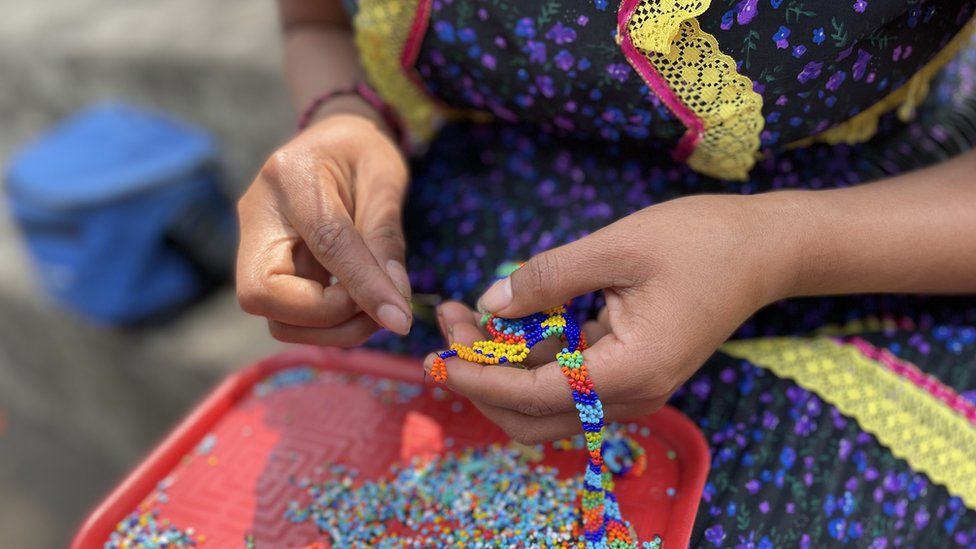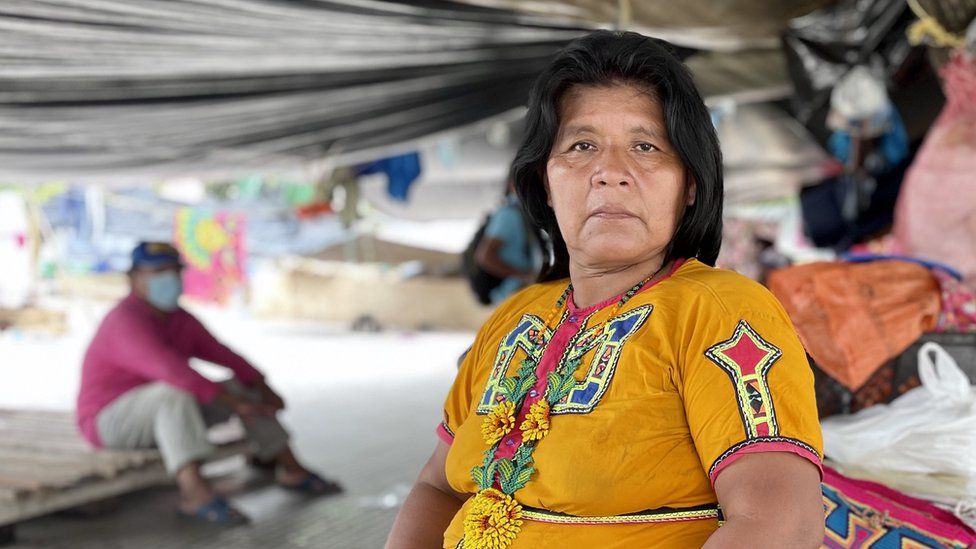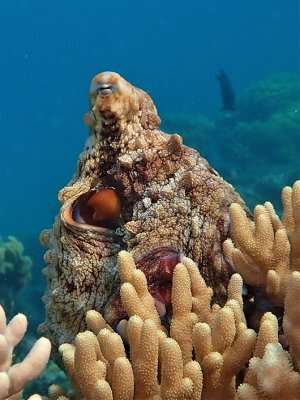Mexican women fight for right to self-defense


Women take part in a self-defense class in a park in Mexico City
Yussel Gonzalez
Tue, November 23, 2021, 11:43 PM
Imprisoned for killing the man she says raped her, Roxana Ruiz is fighting to prove her innocence in a case taken up by activists campaigning for the right to self-defense.
"My only crime was to defend myself against the man who raped me," Ruiz, 21, wrote from the prison where she has been held since May in a suburb next to Mexico City.
Rights groups will use Thursday's International Day for the Elimination of Violence against Women to argue that legitimate self-defense is not a crime in a country facing a femicide crisis.
In a letter published by activists, Ruiz said that her attacker was a man who insisted on accompanying her home after she went for a beer with a friend.
Once there, he asked to stay the night, saying that he lived far away.
While she was asleep, the man sexually assaulted her, beat her and threatened to kill her, before she suffocated him while defending herself, she wrote.
"I was afraid, terrified," she said.
"I didn't want him to hurt anyone else," Ruiz added.
Having reflected on her experience while in prison, "I've started to think that the laws and society are unjust," she wrote.
"Maybe I should have let my attacker have his way and perhaps leave me dead or injured," she added.
- 'Accomplice of femicide' -
Mexico registered 736 femicide cases between January and September, following 975 cases in the whole of last year, according to official figures.
Despite the clear risks, Ruiz faces an uphill battle to prove that she acted in legitimate self-defense because no forensic evidence was collected from the scene.
Her lawyer, Abigail Escalante, accuses the authorities of failing to follow basic protocols such as a gynecological examination.
"Why does a woman who suffered a crime have to prove that she's actually a victim?" Escalante asked.
The case has triggered protests by feminist groups, who denounce impunity for men who kill women.
In a demonstration outside the jail where Ruiz is being held, protesters put up banners reading "self-defense is not a crime" and "the state is an accomplice of femicide."
Her mother Ana Ruiz joined the protest to call for her daughter to be set free.
"He wanted to kill her as well as rape her. He had threatened to kill her and she defended herself," she said.
- 'Save our lives' -
Yakiri Rubio, now 28, was locked up for 18 months on charges of murder after she fatally wounded the man who sexually assaulted her.
Rubio was cleared after her lawyer, Ana Suarez, proved that it was self-defense.
The authorities "dislike knowing that women can defend ourselves, so they don't want to do their job," she said.
Now both work for an association helping women, including through self-defense classes taught by a martial arts instructor.
"It's to learn to save our lives," said Suarez's sister Maria Jose, one of the organizers.
Rubio tells women to seek good advice in case they are arrested after defending themselves.
Equally important is "that your family believes you, that society supports you, takes care of you and protects you, and that the media reports the truth," she added.
yug/dr/dw








